The Lumière brothers invented the cinematograph, the first device to record and project moving images onto a screen. Auguste and Louis Lumière were born in Besançon, France in 1862 and 1864 respectively. The Lumière family owned a photographic equipment company in Europe, and it was there that Auguste and Louis conducted their first experiments on film. Between the second half of the 1800s and the beginning of the 1900s, Western thought was characterized by faith in science and progress. During these years a capitalistic, industrial society developed, and man became convinced that the use of technology would change the way people lived. What had been considered impossible, now became possible.
Numerous inventors attempted to make a device capable of recording and showing moving pictures. In 1891, American inventor Thomas Alva Edison perfected the Kinetoscope: an instrument that allowed one person at a time to watch images that appeared to be moving through a peep hole viewer. While working on Edison’s Kinetoscope, the Lumières patented the cinematograph: a single machine capable of recording and projecting moving images. The Lumière brothers’ cinematograph distinguished itself from Edison’s Kinetoscope in one crucial way: by projecting the images outside the device, more than one person could view them at the same time. Cinema was born.
The first public film projection took place on December 28, 1895, in the basement of the Grand Cafè in Paris. 10 one minute-long films were shown, each recounting scenes from everyday life, shot from a sole angle. The cost of a ticket was one franc. One of their most famous films was Arrival of the Train at La Ciotat, in which a static viewpoint created the impression that the train was going to come out of the screen. The audience, thinking they were going to be run over, fled the theater. Their reaction is still considered one of the strongest emotional responses viewers have ever given to a cinema experience. But the competition wasn’t far behind, and in the first years of the twentieth century the Lumière brothers sold the rights to the cinematograph to Charles Pathé, convinced that the cinema was an invention with no future. From that moment forward, the Lumières began experimenting with color photographs. Luis and Auguste both died in France, Luis in Bandol in 1948 and Auguste in Lyon in 1964. Their invention revolutionized the way we recount, remember and imagine life.
Numerous inventors attempted to make a device capable of recording and showing moving pictures. In 1891, American inventor Thomas Alva Edison perfected the Kinetoscope: an instrument that allowed one person at a time to watch images that appeared to be moving through a peep hole viewer. While working on Edison’s Kinetoscope, the Lumières patented the cinematograph: a single machine capable of recording and projecting moving images. The Lumière brothers’ cinematograph distinguished itself from Edison’s Kinetoscope in one crucial way: by projecting the images outside the device, more than one person could view them at the same time. Cinema was born.
The first public film projection took place on December 28, 1895, in the basement of the Grand Cafè in Paris. 10 one minute-long films were shown, each recounting scenes from everyday life, shot from a sole angle. The cost of a ticket was one franc. One of their most famous films was Arrival of the Train at La Ciotat, in which a static viewpoint created the impression that the train was going to come out of the screen. The audience, thinking they were going to be run over, fled the theater. Their reaction is still considered one of the strongest emotional responses viewers have ever given to a cinema experience. But the competition wasn’t far behind, and in the first years of the twentieth century the Lumière brothers sold the rights to the cinematograph to Charles Pathé, convinced that the cinema was an invention with no future. From that moment forward, the Lumières began experimenting with color photographs. Luis and Auguste both died in France, Luis in Bandol in 1948 and Auguste in Lyon in 1964. Their invention revolutionized the way we recount, remember and imagine life.
RELATED
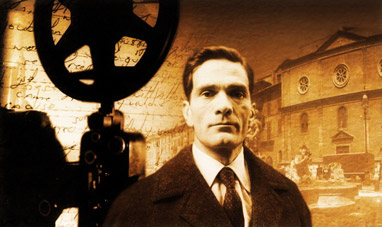

PIER PAOLO PASOLINI
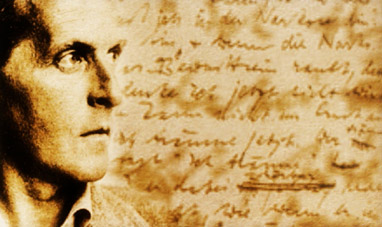

LUDWIG WITTGENSTEIN
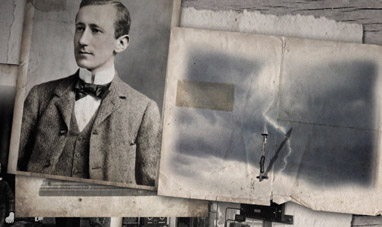

GUGLIELMO MARCONI
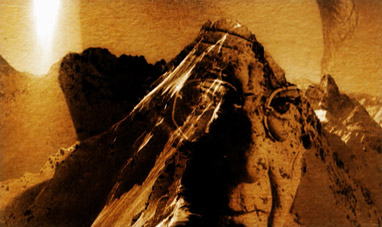

ERICH FROMM
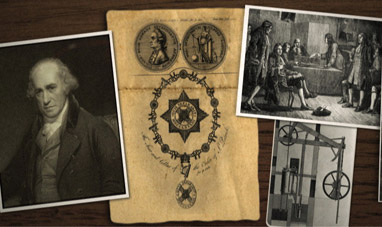

JAMES WATT


CINEMAS
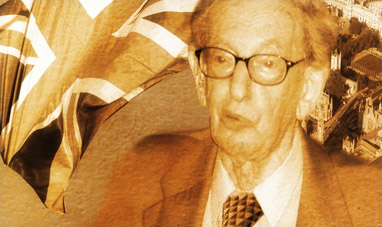

ERIC HOBSBAWM


ISAAC NEWTON
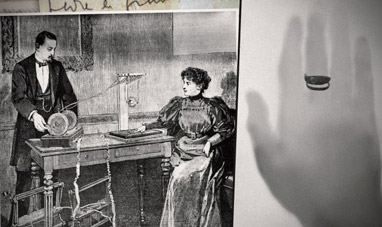

WILHELM RÖNTGEN
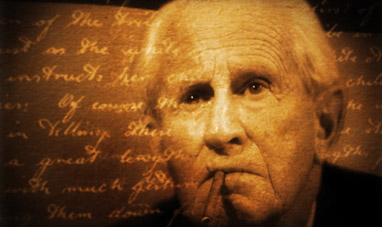

HERBERT MARCUSE


EDMUND GUSTAV ALBRECHT HUSSERL
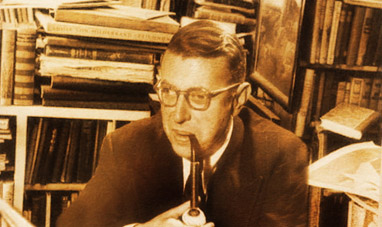

JEAN PAUL SARTRE
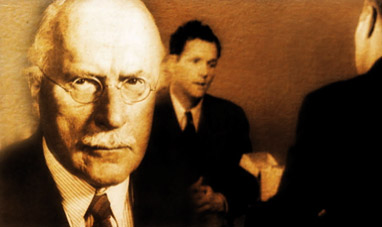

CARL GUSTAV JUNG
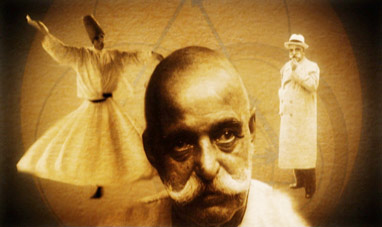

GEORGE IVANOVICH GURDJIEFF


JOHN MAYNARD KEYNES
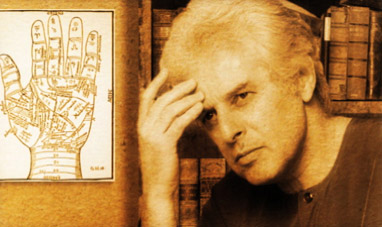

ALEJANDRO JODOROWSKY
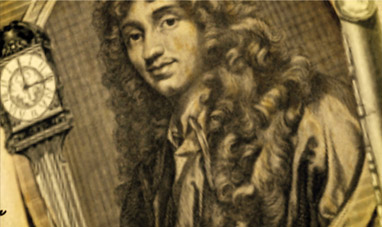

CHRISTIAAN HUYGENS


KARL JASPERS


JOHANNES KEPLER
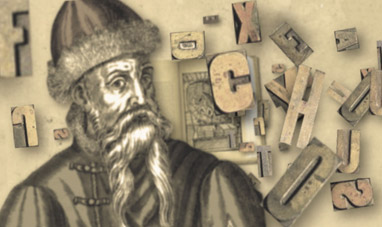

JOHANNES GUTENBERG
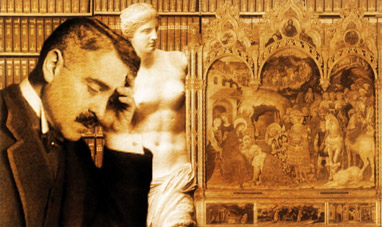

ABY WARBURG
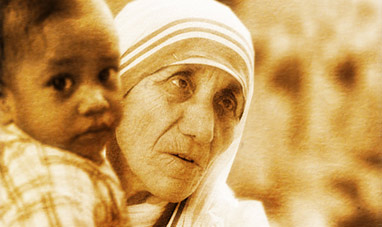

MOTHER TERESA OF CALCUTTA
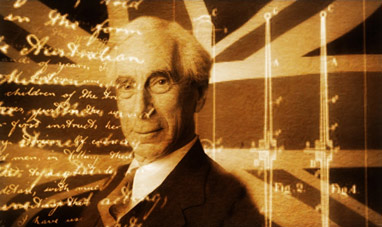

BERTRAND RUSSEL
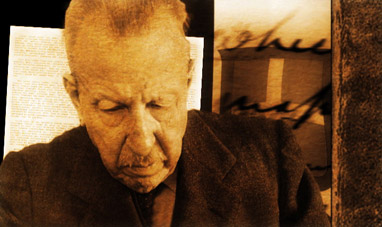

BENEDETTO CROCE
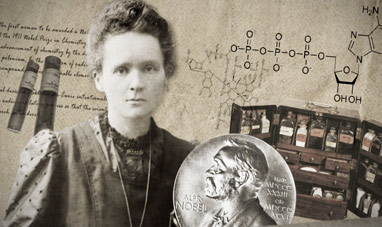

MARIE CURIE


ENRICO VANZINA
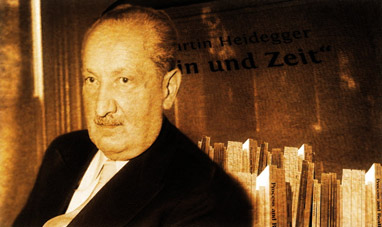

MARTIN HEIDEGGER
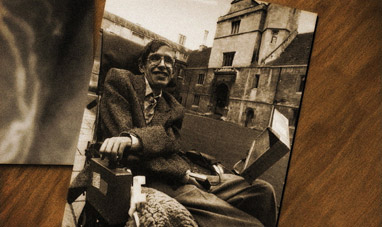

STEPHEN HAWKING
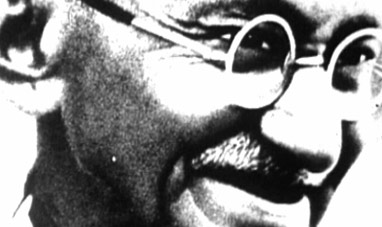

GANDHI


GALEN
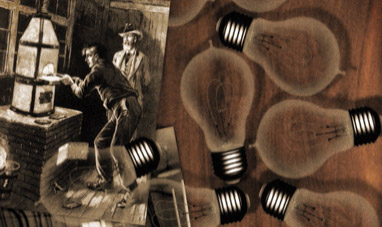

THOMAS ALVA EDISON
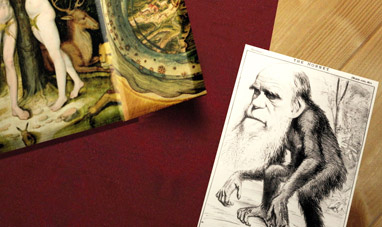

CHARLES DARWIN
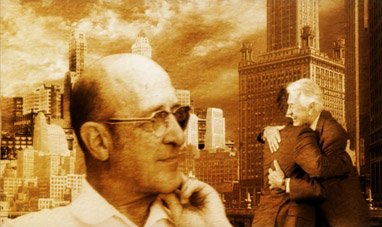

CARL ROGERS


EDMUND HALLEY
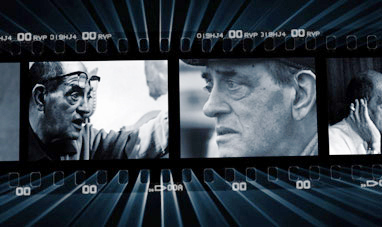

LUIS BUÑUEL
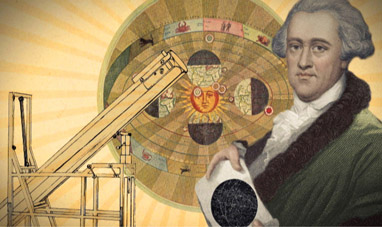

WILHELM HERSCHEL
